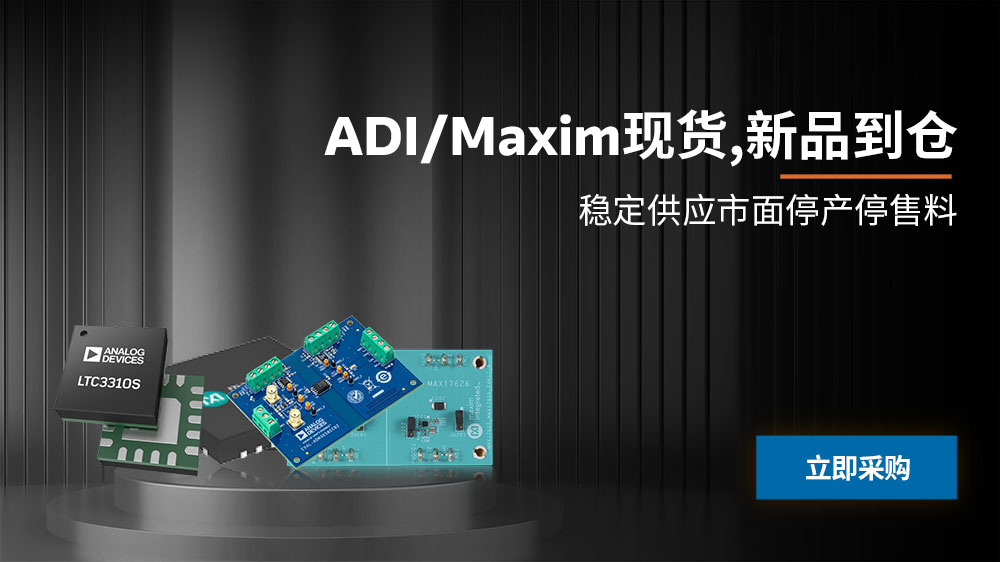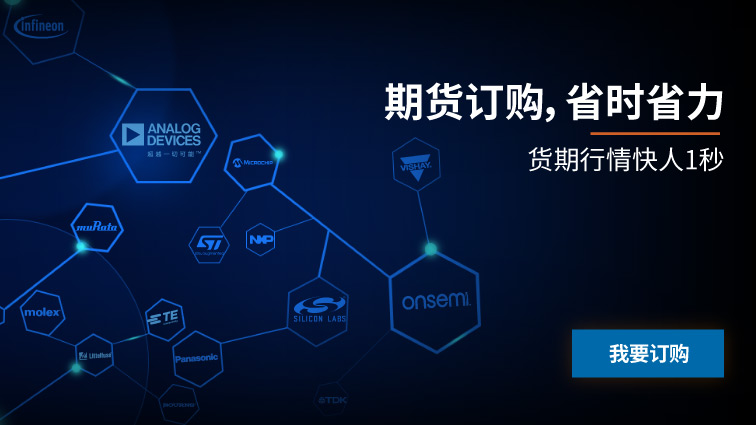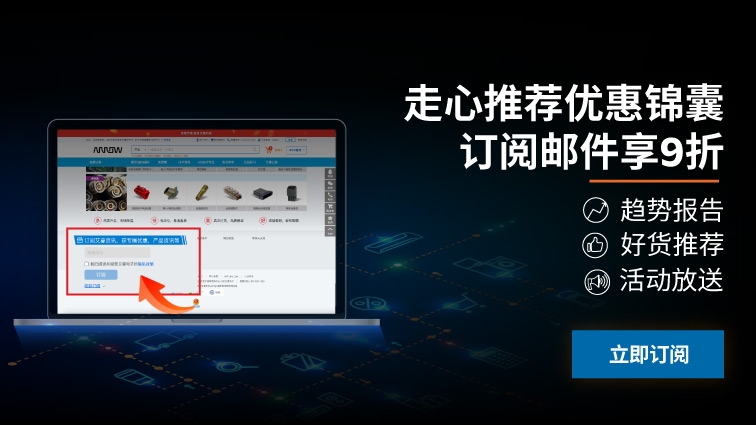NCP1095GEVB
- 制造商:
- onsemi
- 库存:
- 0(总库存量:0)
- 最小起订:
- 0
- 增量:
- 0

- 产品类别
- Power Management Development Boards and Kits
- 简介说明
- NCP1095 Power Over Ethernet Evaluation Board
- 查看所有
- Power Management Development Boards and Kitsonsemi
The NCP109x are IEEE 802.3bt, IEEE 802.3af, and/or IEEE 802.3at compliant Power over Ethernet Powered Device (PoE-PD) Interface Controller that enables the development of high-power applications including connected lighting and security cameras. The NCP109x incorporates all functionalities within a PoE system such as detection, classification and current limiting during the inrush phase.
Using an external pass transistor, the NCP1095 provides an output voltage of up to 90 Watts. The NCP1095 also offers Autoclass support for optimized power allocation based on the PD type and classification. Using an internal hot-swap FET, the NCP1096 provides an output power of up to 90 Watts. For improved energy efficiency, the NCP1096 offers Autoclass support which optimizes power allocation based on the PD type and classification.
Please see all of ON Semiconductor’s PoE Solutions here.
Universal PoE compatibility standards help ensure that devices are powered efficiently and safely. To keep up with the increasing power demands of new technology, a new universal standard (IEEE 802.bt) was developed that provides up to 100 Watts of power. By solving the power demands challenge, IEEE 802.bt opens the door to a number of higher-power PoE applications including smart lighting and closed-circuit security cameras.
What is IEEE 802.3bt?
In PoE systems, power transfer is managed by some handshaking between the Power Sourcing Equipment (PSE) and Powered Device (PD). During this process, the PSE detects if the PD is PoE capable and determines power requirements based on defined device type and class.
Learn more about IEEE 802.3bt and Power over Ethernet here.
Ratified in September 2018, IEEE 802.3bt differs from previous standards in two key ways:
- • Increases the possible output power the PSE can provide by using all four pairs of wiring in the PoE cable
- • Improves energy efficiency by recognizing two new types (3 and 4) and four new classes (5-8) of devices
|
Standard |
Power - PSE output |
Power - PD input |
Power - Useable for application |
|
802.3af (PoE) |
15.4W |
13W |
11W |
|
802.3at (PoE+) |
30W |
25.5W |
21.6W |
|
802.3bt (PoE++) |
90W |
71.3W ...90W |
21.6W...76.5W |
Key Features
- • Provides up to 100 W of power
- • Allows total power to be split across two PD devices from a single PSE output
- • Improved energy efficiency (lower standby power)
- • Backwards compatible with previous IEEE standards
- • Autoclass Feature to automatically detect maximum power draw from the PD
Applications
- • Digital Signage
- • POS Terminals
- • USB Type C
- • Satellite Data Networks
- • PoE Connected Lighting
- • Video and VOIP Telephones
- • Security Cameras
- • Pico-base stations
- • Multiband Access Points
Related Articles
Zero-Drift Precision Op Amps: Advantages and Limitations of the Chopper-Stabilized Architecture
| EU RoHS | COMPL |





